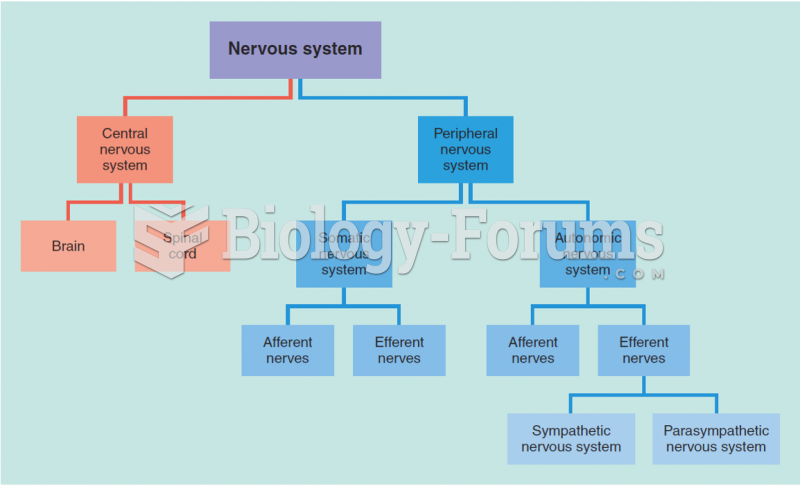|
|
|
Cyanide works by making the human body unable to use oxygen.
Pope Sylvester II tried to introduce Arabic numbers into Europe between the years 999 and 1003, but their use did not catch on for a few more centuries, and Roman numerals continued to be the primary number system.
Most strokes are caused when blood clots move to a blood vessel in the brain and block blood flow to that area. Thrombolytic therapy can be used to dissolve the clot quickly. If given within 3 hours of the first stroke symptoms, this therapy can help limit stroke damage and disability.
The Romans did not use numerals to indicate fractions but instead used words to indicate parts of a whole.
After 5 years of being diagnosed with rheumatoid arthritis, one every three patients will no longer be able to work.







